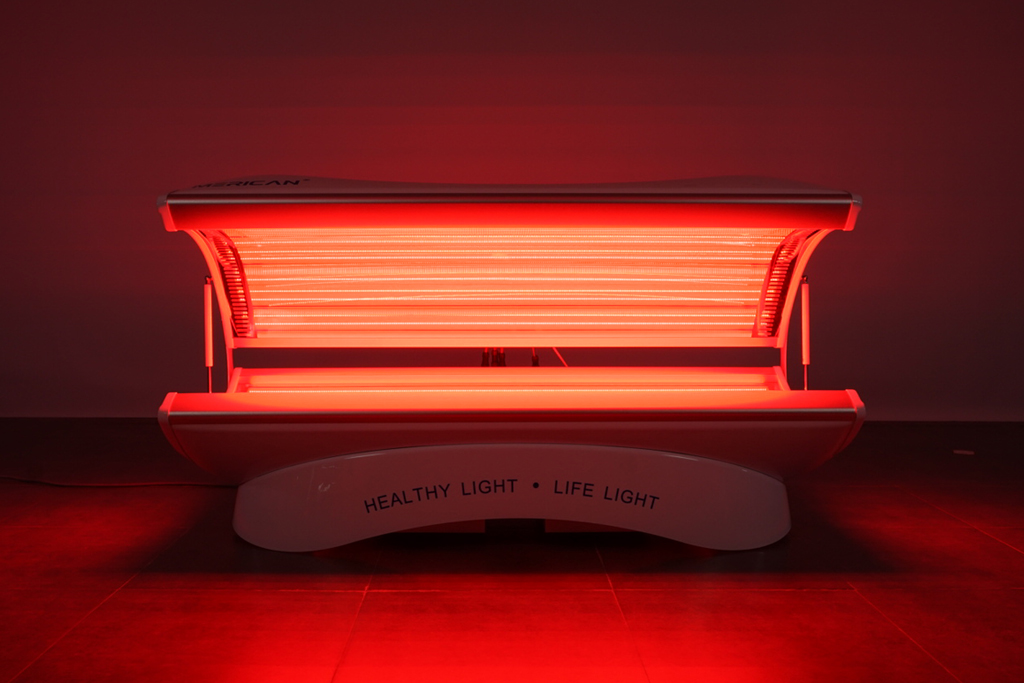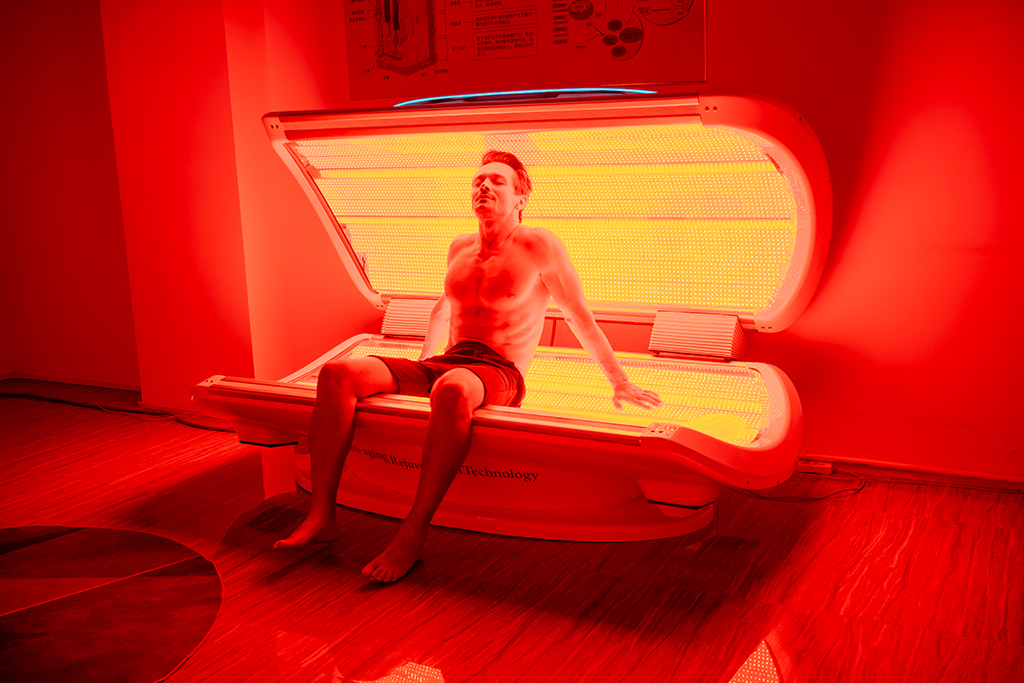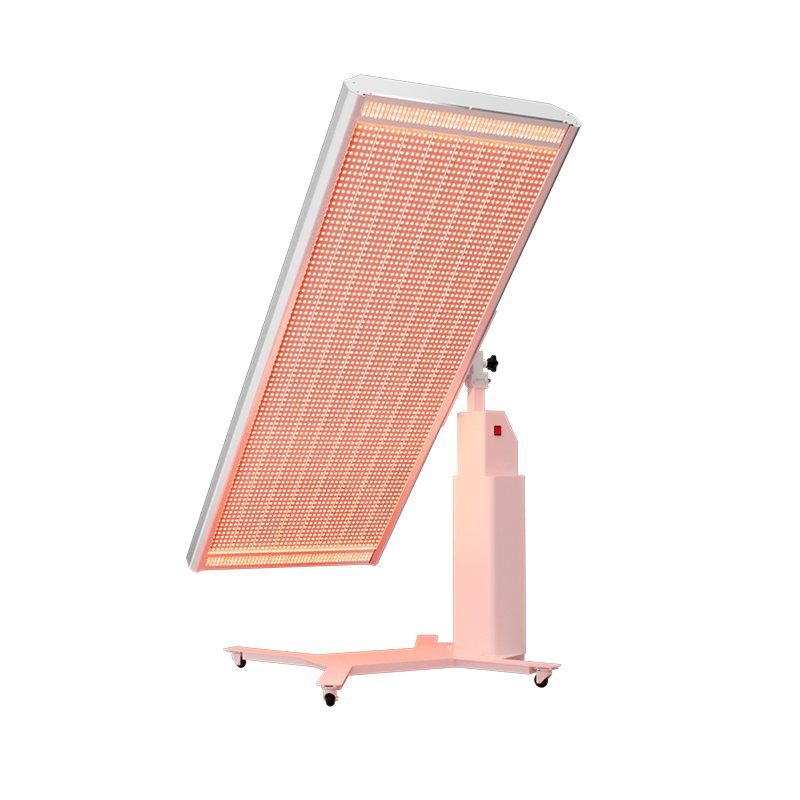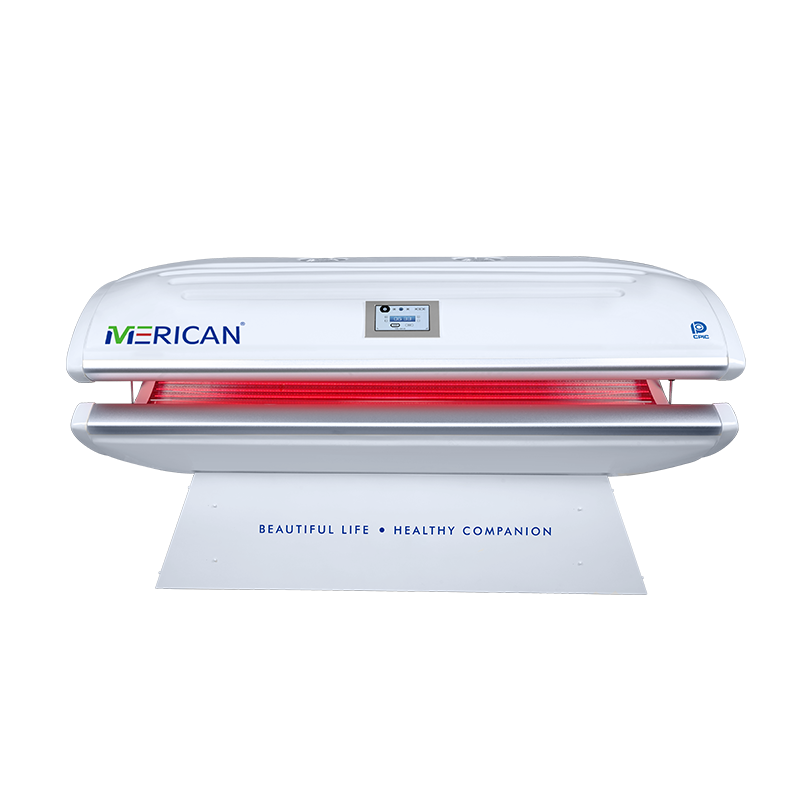Oxidative stress occurs when there’s an imbalance between free radicals (reactive oxygen species or ROS) and the body’s ability to neutralize or repair the damage caused by them. Free radicals are highly reactive molecules that can damage cells, proteins, and DNA, contributing to aging, chronic diseases, والالتهابات.
It’s not always easy to pinpoint oxidative stress because it develops gradually and can present with a range of symptoms. لكن, there are some signs and symptoms, along with specific tests, that can help you identify if you might be dealing with oxidative stress.
Signs & Symptoms of Oxidative Stress
- Fatigue or Low Energy:
- Oxidative stress can damage mitochondria (the energy powerhouses of cells), leading to chronic fatigue or feeling drained despite adequate rest.
- Premature Aging:
- Increased oxidative stress can accelerate the aging process, resulting in wrinkles, sagging skin, الخطوط الدقيقة, and age spots due to the breakdown of collagen and elastin fibers.
- Chronic Inflammation:
- Oxidative stress is closely linked to inflammation. If you suffer from conditions like التهاب المفاصل, inflammatory bowel disease, أو skin conditions (على سبيل المثال, الأكزيما, صدفية), oxidative stress could be a contributing factor.
- Weakened Immune System:
- Oxidative stress weakens the immune system, making you more susceptible to infections, illnesses, and autoimmune conditions.
- Memory or Cognitive Decline:
- Free radicals can damage brain cells and neurons, leading to memory loss, difficulty concentrating, brain fog, or other cognitive impairments. Conditions like Alzheimer’s disease و Parkinson’s disease are linked to oxidative damage.
- Muscle Weakness or Joint Pain:
- Oxidative stress contributes to muscle fatigue و ألم المفاصل, often by promoting inflammation and tissue breakdown. You may feel sore after exercising or have persistent pain without a clear cause.
- Skin Problems:
- Oxidative stress can exacerbate conditions like حَبُّ الشّبَاب, العُدّ الوردي, أو الأكزيما due to the inflammation and damage it causes to the skin cells.
- Poor Wound Healing:
- When oxidative stress is present, your body’s ability to repair itself slows down, leading to delayed wound healing or chronic injuries.
- Digestive Issues:
- Free radical damage to gut lining cells can contribute to issues like gastritis, leaky gut, irritable bowel syndrome (IBS), أو digestive discomfort.
- Respiratory Issues:
- Oxidative stress can contribute to lung diseases like asthma, انسداد رئوي مزمن (مرض الانسداد الرئوي المزمن), و chronic sinus infections.
- Increased Risk of Chronic Diseases:
- Oxidative stress has been linked to a variety of chronic conditions, مثل heart disease, diabetes, سرطان, neurodegenerative diseases, و stroke.
Causes of Oxidative Stress
- Environmental Toxins: Pollution, cigarette smoke, المواد الكيميائية, and toxins can all increase oxidative stress.
- Dietary Factors: Diets high in sugar, processed foods, unhealthy fats, or low in antioxidants can contribute to oxidative damage.
- Chronic Stress: Physical, emotional, or psychological stress can increase free radical production and deplete antioxidant levels.
- Physical Inactivity: A sedentary lifestyle can lead to oxidative stress and metabolic disorders.
- Excessive Alcohol Consumption: Drinking alcohol in large amounts can create free radicals and deplete antioxidants in the body.
- Overtraining or Excessive Exercise: While exercise is generally beneficial, intense or overexertion without adequate recovery can increase oxidative stress.
How to Confirm Oxidative Stress:
If you suspect you have oxidative stress, here are a few ways to confirm it:
1. Blood Tests & Biomarkers
Some specialized tests can measure the levels of oxidative stress or free radical damage in the body. These tests may include:
- F2-Isoprostanes: A marker of lipid peroxidation (damage to fats in the body), which is often elevated in oxidative stress.
- Oxidized LDL: Elevated levels of oxidized low-density lipoprotein (LDL) cholesterol are associated with oxidative stress and cardiovascular disease.
- Superoxide Dismutase (SOD): This is an enzyme that helps neutralize free radicals. Low levels of SOD can indicate an imbalance in oxidative stress.
- Glutathione: Glutathione is a powerful antioxidant in the body, and low levels can be a sign of oxidative stress.
- Total Antioxidant Capacity (TAC): Measures the overall level of antioxidants in the body. Low levels can indicate an inability to combat oxidative damage effectively.
2. Imaging and Diagnostic Tools:
While not common for diagnosing oxidative stress, certain imaging techniques (يحب MRI for brain health or ultrasound for arteries) may detect physical damage caused by oxidative stress, such as tissue inflammation or damage.
3. Dietary and Lifestyle Assessment:
- If you have a high-sugar diet, الإجهاد المزمن, أو lack of exercise, it’s worth considering that oxidative stress might be a concern. Consulting with a healthcare provider about lifestyle changes or supplementation might help.
- أ nutrient deficiency, particularly in مضادات الأكسدة (such as vitamins C, ه, أ, and selenium), might indicate a need for dietary adjustments.
4. Symptoms Diary:
Keep track of persistent symptoms like fatigue, ألم المفاصل, cognitive issues, skin problems, or digestive discomfort, especially if they’ve been recurring or worsening. This could provide clues, but ultimately a healthcare professional will need to conduct tests for a definitive diagnosis.
What to Do if You Suspect Oxidative Stress
- Consult a Healthcare Provider: If you think oxidative stress is affecting your health, it’s important to see a doctor who can assess your symptoms, order appropriate tests, and recommend treatments or lifestyle changes.
- Antioxidant-Rich Diet: Include more fruits, vegetables, nuts, and seeds in your diet, as these are high in antioxidants that help combat oxidative stress.
- Exercise Regularly: معتدل, consistent exercise helps improve circulation, تقليل الالتهاب, and increase antioxidant levels.
- Stress Management: Practice relaxation techniques such as meditation, yoga, التنفس العميق, or mindfulness to reduce oxidative stress triggered by emotional or psychological stress.
- Avoid Toxins: Limit exposure to environmental pollutants, tobacco smoke, and excessive alcohol consumption to reduce oxidative damage.
خاتمة:
Oxidative stress can manifest through a wide range of symptoms, including fatigue, الشيخوخة المبكرة, ألم المفاصل, skin issues, and cognitive decline. While symptoms alone aren’t sufficient for diagnosis, specific biomarkers and tests can help confirm the presence of oxidative stress. If you’re experiencing multiple signs of oxidative stress, it’s important to consult with a healthcare provider to address the underlying causes and mitigate the effects through lifestyle changes, dietary adjustments, or supplements.


























